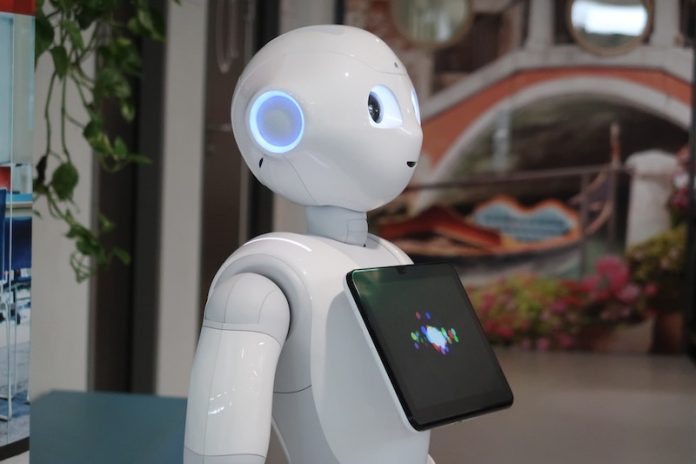
A group of researchers from several universities have written an article about teaching robots to understand human feelings.
They say the current methods might not work and suggest a new approach.
How Robots Impact Our Lives
ChatGPT and similar AI programs have changed the way we live. They can do a lot of different things. But some people worry that they could become dangerous.
To stop this from happening, some suggest we should teach these programs to understand and share human feelings, known as empathy. The researchers who wrote this article agree, but they think we need a different approach to do this.
Current Ways to Teach Empathy to Robots
Right now, to teach empathy to AI, we show them how humans behave in situations where right and wrong are unclear. Then, we tell them to behave the same way.
We also program some rules into them. But the researchers think this method misses an important part of empathy: understanding that bad things can happen to oneself.
For example, if a robot sees a video of a person falling down and getting hurt, it can mimic the person’s reaction. This could seem like it’s showing empathy. But it’s just pretending because it doesn’t actually feel anything.
A New Way to Teach Empathy to Robots
The researchers suggest that for a robot to truly understand why hurting someone is wrong, it needs to understand what pain feels like.
They’re not saying we should make robots feel real pain, although that might be an option in the future. Instead, they suggest we should teach robots that their actions can have bad consequences.
For instance, if a robot hurts its human companion, it could have to live without them. Or it could be “killed” because of what it’s done.
The researchers suggest we should give robots the ability to “suffer” in this way. They believe this could be an effective way to teach robots to behave well.
The study was published in Science Robotics.
Follow us on Twitter for more articles about this topic.
Copyright © 2023 Knowridge Science Report. All rights reserved.



